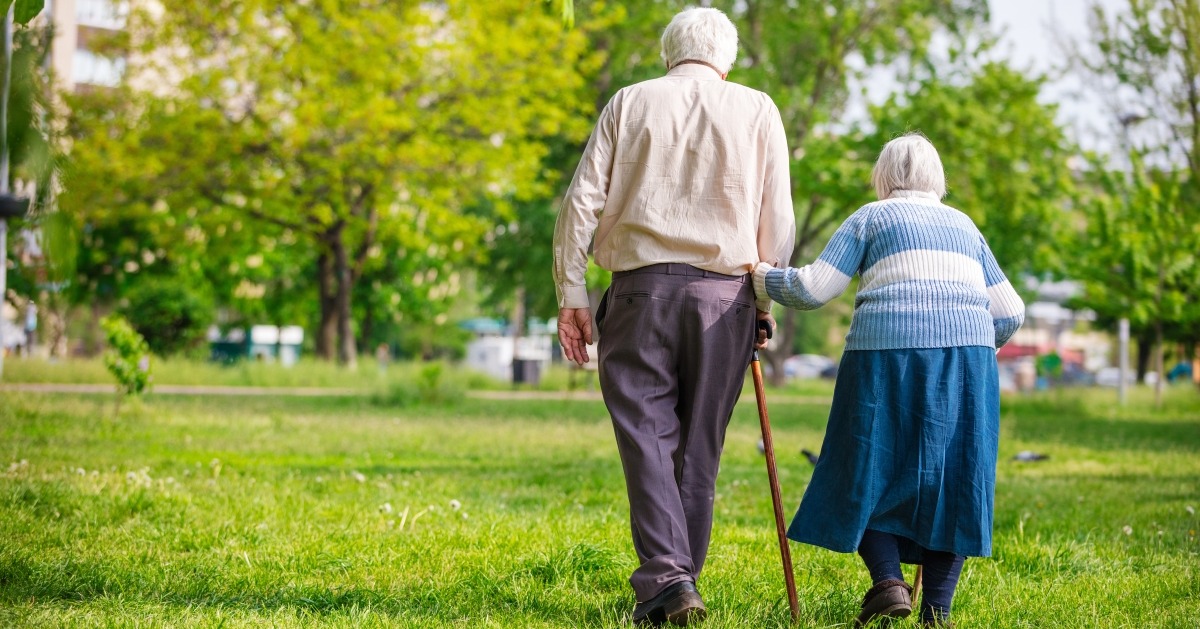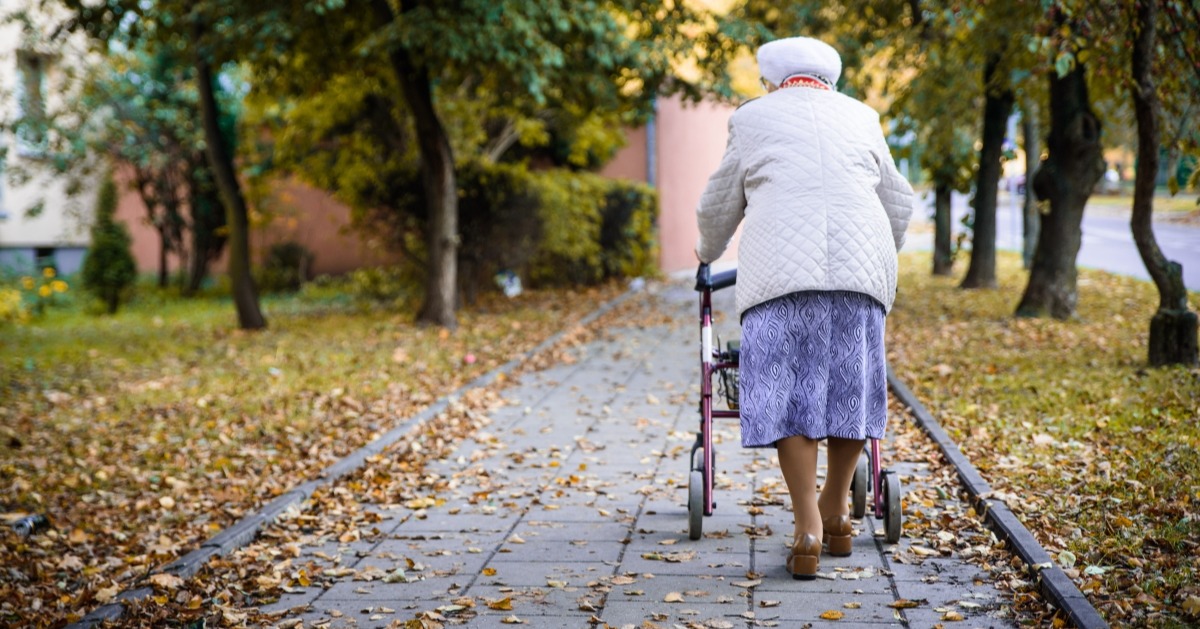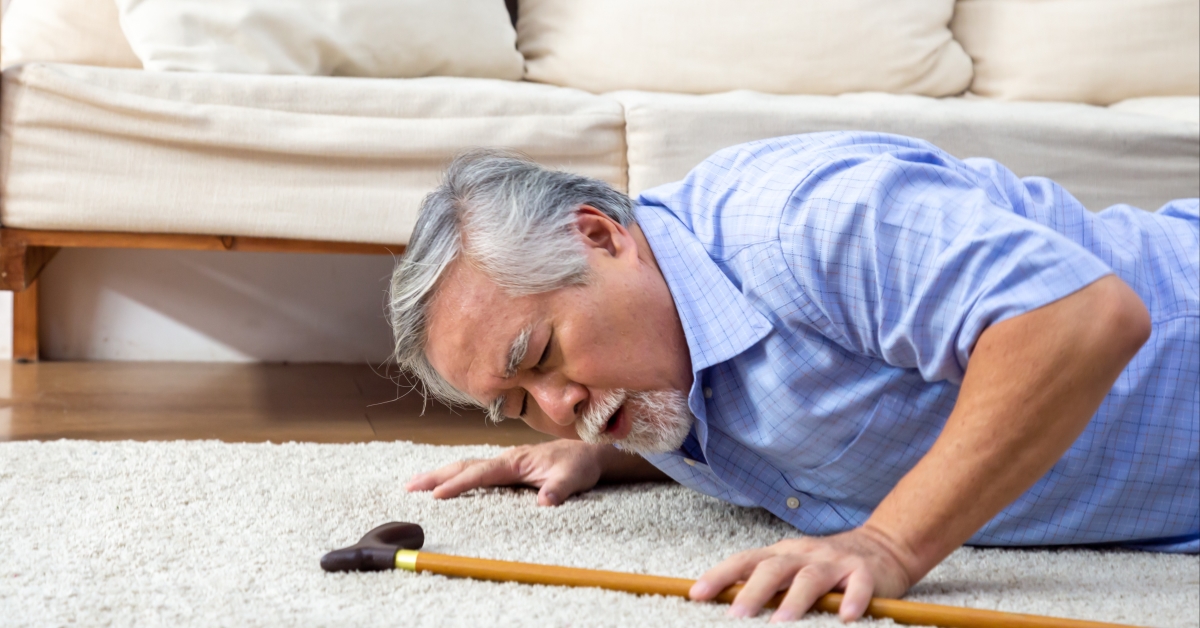Fall Prevention Strategies for Local Councils
Although any person can have a fall, the likelihood of this experience increases with age. Each year, a third of people over 65 experience a fall. A further 5% of these falls lead to a fracture and hospitalisation at an estimated cost of £435 million to the NHS. The proportion of people who experience a fall in any given year rises to 50% for people over 80.

Despite these figures, falls in older people are often preventable. In fact, fall prevention strategies have become a critical aspect of maintaining the wellbeing of older people. This article will highlight the common causes of falls and the prevention strategies local councils can use to help improve the lives of the elderly.
The Causes of Falls Are Multifactorial
Some causes of falls aren’t controllable. The restrictions due to the coronavirus pandemic are a good example of a fall risk factor that isn’t directly controllable. According to Age UK, these restrictions have had a significant impact on older people's cognitive ability, which has resulted in a loss of their mobility and an increased risk of falls.
But some causes are controllable and these are the ones that prevention strategies target. The controllable causes of a fall are considered multifactorial, and include:
Previous experience with falls: Previous falls are one of the biggest risk factors for experiencing another fall.
Environmental hazards: As people age, so too does the likelihood of accumulating objects around their homes. A misplaced object below knee height could lead to tripping and a subsequent fall.
Muscle weakness: Muscle strength plays a significant role in regaining balance. People also lose muscle strength as they age and therefore lose some ability to stop falling.
Polypharmacy: The likelihood of being prescribed medications increases with age. Side effects of common medications can include dizziness, drops in blood pressure or drowsiness. Taking multiple medications at the same time compounds these risk factors.
Poor balance: Balance helps people stay upright when reaching or tripping. As age increases, reaction times often decrease, making it harder for older people to react when they overreach or trip over.
Visual impairment: The effect of ageing on vision isn’t restricted to difficulty reading. It can also affect the ability to perceive depth or the edges of objects. When this happens in older people, it increases the chance of making mistakes that lead to a fall.
Away from the elderly, there are still many other reasons why falls are common. Poor balance, memory issues, hearing problems and even the environment around them are reasons why falls might happen regularly.
NICE: The Best Fall Prevention Strategy Guidance
There are several steps councils can take to limit the number of falls on their estates. Gritting icy surfaces, fixing potholes, adding ramps rather than stairs, levelling curbs and ensuring enough lighting in dark areas are all initiatives local councils should remedy to prevent people from falling on their estates.
However, there has been an increasing focus on preventing and supporting older people at risk of falls. This has led the Care Quality Commission (CQC) to publish guidance for adult social care professionals to support elderly people who have suffered a fall.
With elderly people more isolated and immobile than ever before, and with the NHS struggling to meet surging demand, the health and social care, voluntary and local government sectors must have effective fall prevention methods in place.
The most reliable national-level guidance on fall prevention is published by the National Institute for Health and Care Excellence (NICE). NICE recommends, among other interventions:
- Asking older people whether they’ve had previous falls during routine assessments with health and social care practitioners
- Offering older people multifactorial risk assessments
- Tailoring risk assessment to each individual older person
It’s critical for local councils and policymakers to understand and implement the most recent NICE guidance. This will ensure older people have the best chance of retaining as much confidence and independence as possible.
Gain More Insights on Fall Prevention
Inside Government is facilitating a one-day online training course on preventing falls in older people. This interactive course will give you the tools to create and embed a tailored fall prevention strategy.
If these tools would be helpful in your day-to-day work, you can easily register for the course below.




